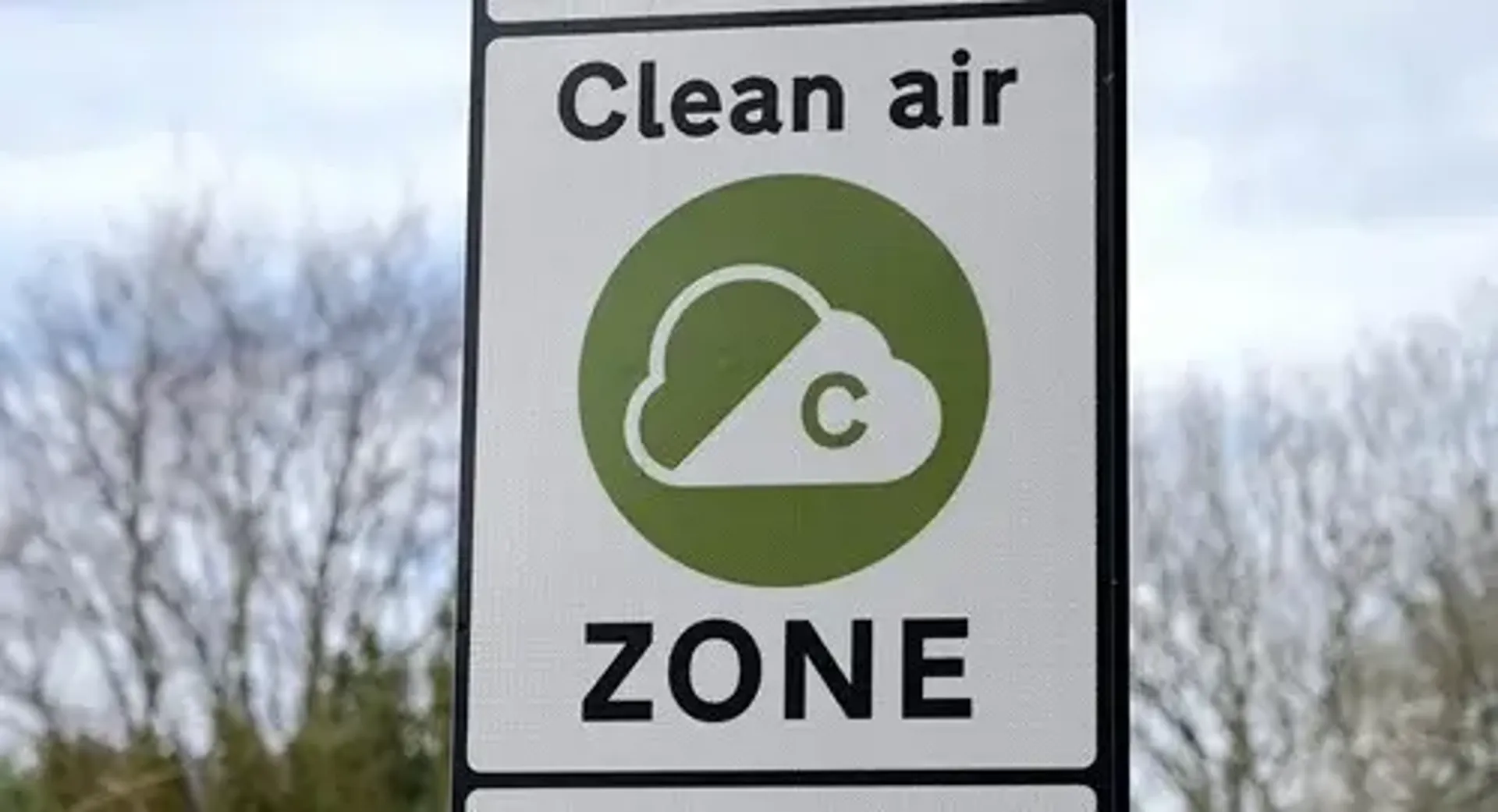
Breathing clean air is a basic necessity for everyone, but unfortunately, the air quality in many regions around the world has deteriorated over time. In response to this growing concern, several countries have introduced Clean air zones (CAZ) aimed at promoting healthy breathing environments. The UK is among those leading the charge, with a number of areas now designated as CAZs. Below, we will explore which areas are included in these zones and what it means for your drivers.
What are clean air zones?
CAZs are designated areas within a city or town where the local authorities have taken measures to reduce air pollution and improve overall air quality. These zones aim to protect public health by limiting the number of harmful pollutants in the atmosphere.
The UK government has introduced clean air zones to tackle some of the country's worst polluted cities, including Birmingham, Leeds, Southampton and Bath. Each zone is categorised based on its level of restriction for high-polluting vehicles.
These restrictions can include charging zones for certain types of vehicles entering into these areas or introducing low-emission bus routes. The introduction of these CAZs aims to encourage people to choose cleaner modes of transport while also reducing congestion on busy roads.
For example, Birmingham's clean air zone applies to all roads within the A4540 Middleway Ring Road including parts of Digbeth, Highgate and Ladywood. It charges drivers whose vehicles do not meet certain criteria £8 per day to enter the zone.
CAZs are an important initiative towards creating a healthier environment for all citizens. By encouraging cleaner forms of transportation and implementing stricter regulations on polluting vehicles, we can work together towards improving our overall air quality.
UK clean air zones
The UK has been working towards reducing air pollution by implementing clean air zones in various cities across the country. These zones are aimed at reducing harmful emissions from vehicles and improving the quality of air for residents.
These clean air zones aim to reduce nitrogen dioxide levels in particular as it is a major contributor to poor air quality. The hope is that by implementing these restrictions on high-polluting vehicles, there will be a significant reduction in harmful emissions over time.
While some may find driving through a clean air zone inconvenient due to vehicle restrictions or additional costs associated with owning a high-emission vehicle, ultimately it benefits everyone's health and well-being by improving overall air quality.
What do the classes mean
There are four clean air zones, ranked from A to D.
Class A
Buses, coaches, taxis and private hire vehicles.
Class B
Buses, coaches, taxis, private hire vehicles and heavy goods vehicles.
Class C
Buses, coaches, taxis, private hire vehicles, heavy goods vehicles, vans and minibuses.
Class D
Buses, coaches, taxis, private hire vehicles, heavy goods vehicles, vans, minibuses, cars and motorcycles (depending on the local authority).
Which areas are in clean air zones
As of May 2023, these are the current cities with CAZs and their requirements:
- Bath has a Class C clean air zone.
- Birmingham has a Class D clean air zone.
- Bradford has a Class C clean air zone.
- Bristol has a Class D clean air zone.
- Portsmouth has a Class B clean air zone.
- Sheffield has a Class C clean air zone.
- Tyneside (Newcastle and Gateshead) has a Class C clean air zone.
Advantages and disadvantages of a clean air zone
Clean air zones aim to reduce the levels of pollution in specific areas. Although there are many benefits to having cleaner air, there are also potential disadvantages.
Clean air zones can improve public health by reducing exposure to harmful pollutants. This can lead to a decrease in respiratory problems like asthma and lung cancer. Cleaner air can also improve the overall quality of life for those living or working within the zone.
On the other hand, some businesses may have difficulty affording newer vehicles that meet the emissions standards required for entry into a clean air zone.
Additionally, creating a clean air zone may cause disruption to businesses operating within the area as they adjust to new measures such as changes in delivery routes or upgrading their vehicles.
If your company has several vehicles
Businesses can create an account to check and pay charges for numerous vehicles if they own or manage two or more UK registered vehicles. When making an online cheque or payment, you can create an account.
For a guide on how to do this, visit the government website.
Conclusion
To summarise, clean air zones have become a necessary measure to improve air quality in the UK. By restricting access to certain types of vehicles that emit high levels of pollutants, these zones aim to reduce harmful emissions and ultimately protect the health of residents.
While there are some criticisms surrounding clean air zones, such as the potential impact on businesses or low-income individuals who cannot afford newer vehicles, it is important to prioritise public health and work towards finding solutions that benefit everyone.


